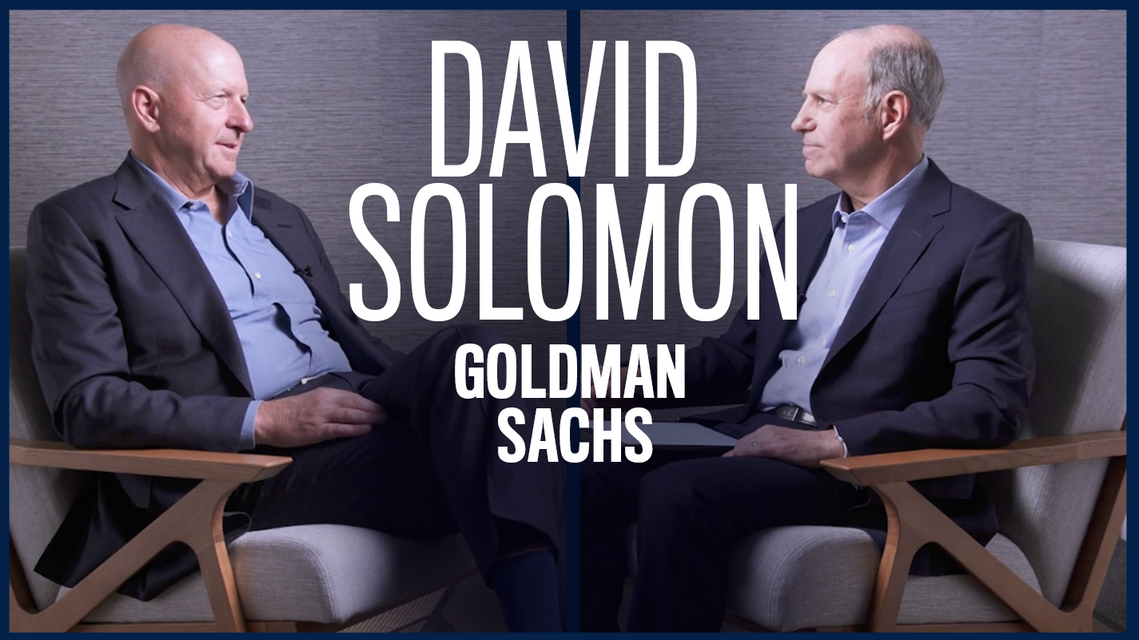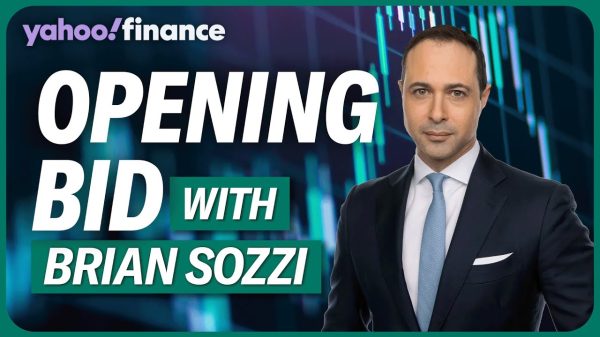Goldman Sachs
CEO David Solomon has a pretty clear view of what’s going to happen in the banking sector, which has been repeatedly roiled this year.
“There will have to be consolidation, there will have to be adjustment, and people will have to rethink their business models,” Solomon said to me unequivocally in an interview on Thursday.
Soaring interest rates and the 2022 collapse of crypto (which has since partially recovered) precipitated bank runs and, ultimately, a number of high-profile bank failures this year, including Silicon Valley Bank, Signature, and First Republic.
Solomon’s remarks came the day before a CNN report citing unnamed sources who claim Treasury Secretary Janet Yellen told a meeting of big bank CEOs that more consolidation might be necessary. Bank stocks fell on the news. The SPDR S&P Bank exchange-traded fund (KBE) closed Friday down 1.6%.
While the Fed’s rate hikes have changed the game for banks, says Solomon, some of this disruption was years in the making.
“There’s no question that the very, very swift change in monetary policy and in the Fed’s policy rate has had an implication,” he says. “It’s created asset liability management issues and interest rate management issues for financial institutions. But I think there are broader secular shifts. For the last 15 years money has basically been free. It really didn’t matter where you left your money. Now we have a policy rate, that’s at 5%. With digital banking, people can move money with a lot less friction.”
Solomon acknowledges the banking business has already consolidated, but predicts there is more to come and suggests that the myriad regulators who oversee banks will play a key role in the process.
“If you go back 25 years ago, there were 13,000 banks,” he says. “Today they’re a little over 4,000. I think you’re gonna continue to see consolidation. It’ll be interesting to see what kind of policy decisions are made around regulation for institutions that are, say, between $100 billion of assets and $700 billion of assets.”
Solomon noted that costs are rising in the banking business—costs that hit smaller institutions disproportionality.
“There are also headwinds for midsize and regional banks that large banks have faced for a long time around technology costs, regulatory costs, etc, which can challenge those business models,” he says. “Scale makes you more competitive. There could be a 100 to 300 basis points of ROE [return on equity] erosion. For banks below $100 billion, the headwinds could be even more significant.”
To Solomon it appears that problems in the bank sector were more about the tide going out, exposing some scantily-clad bathers.
“What happened here accelerated some of that or shined a brighter light on the industry and some of the challenges that already were existing under the covers,” Solomon says.
Write to Andy Serwer at [email protected]
Read the full article here













